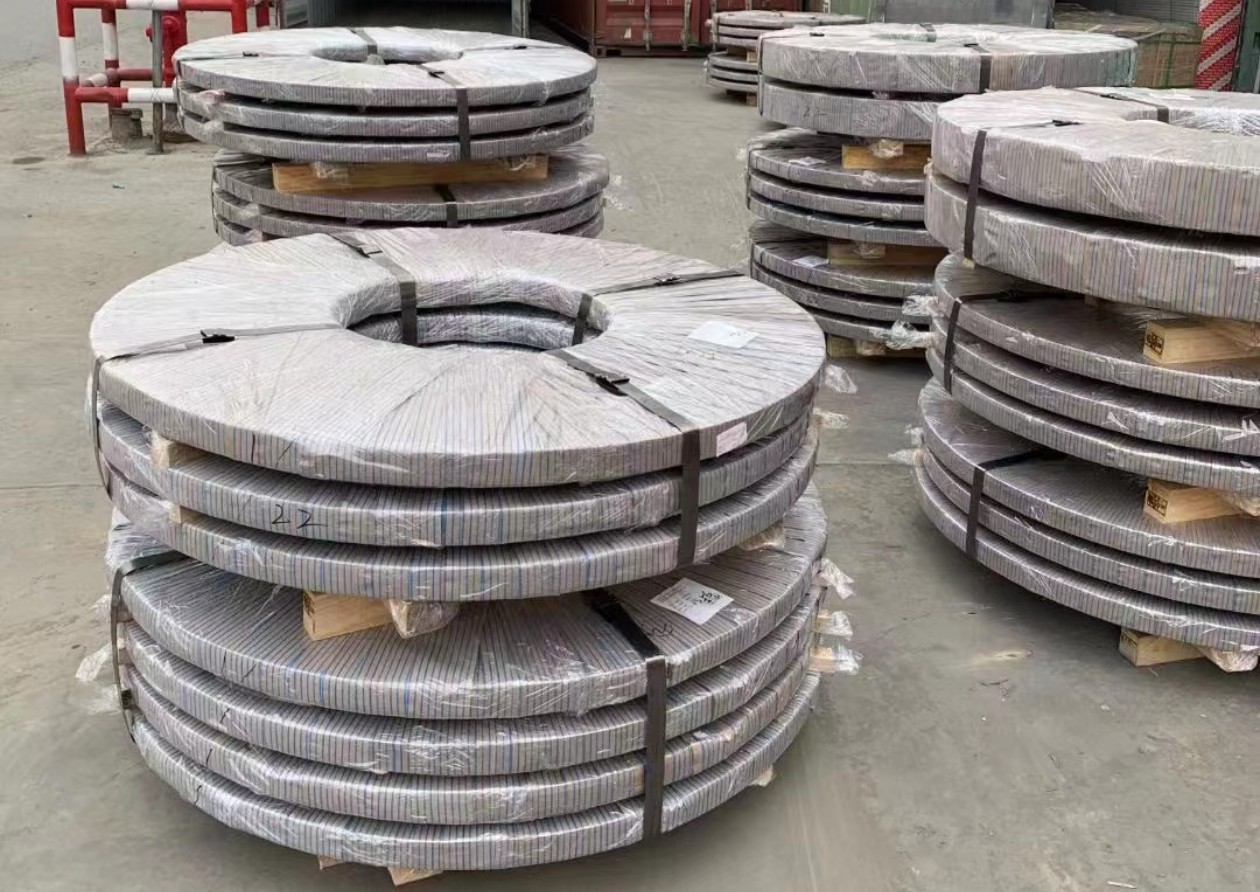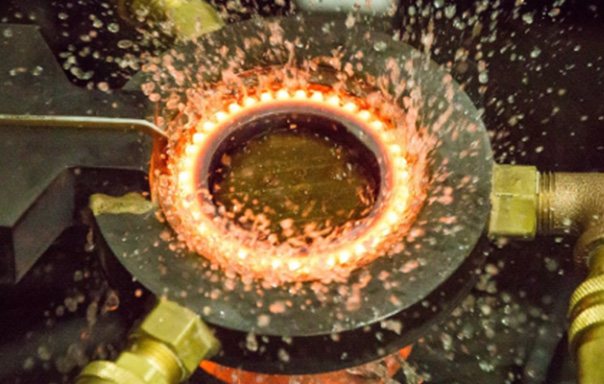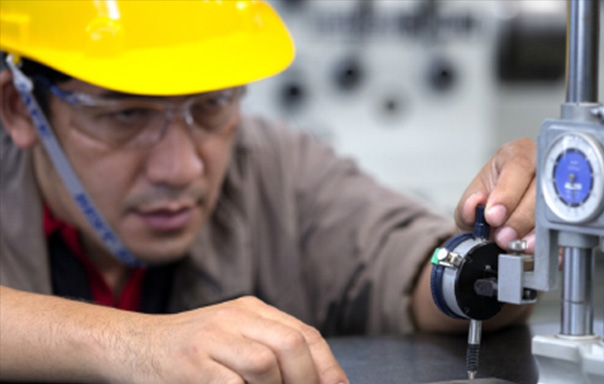The demand for S45C cold-rolled steel strip with an HRC29 hardness typically necessitates quenching and tempering rather than direct cold hardening.
S45C cold-rolled steel strip is a high-quality carbon structural steel in the JIS standard, corresponding to grade 45 steel in the GB standard. Typically, S45C steel, with a carbon content of around 0.45%, is utilized for forming and then undergoes quenching and tempering to achieve a certain hardness, providing good tensile strength. Common applications include tools such as knives and bundling tools.
For hot-rolled S45C produced by Baosteel Meisteel, the hardness upon factory delivery usually ranges from HRB86 to HRB95, depending on the specific coil. Some users require the steel strip in the annealed state for bending and forming, while others demand a hardened state or a specific hardness level, such as HRB103 to HRB104.
The choice between cold work hardening and tempering depends on the specific requirements and the ultimate purpose of the high-hardness demand. For users needing hardness primarily to prevent deformation during punching processes, selecting cold-work-hardened steel strip could be advantageous as it facilitates better cutting during initial processing. However, subsequent tempering may still be necessary to achieve other desired hardness properties.
On the other hand, for users with strict hardness requirements (e.g., HRB103 to HRB107, targeting HRB104 to HRB105) and also needing certain bending capabilities, tempering is often preferred. Cold work hardening relies on plastic deformation at room temperature or below, which may lead to inconsistent hardness levels without subsequent tempering. Tempering ensures uniform hardness and relieves internal stresses, making it suitable for applications requiring both hardness and bending characteristics.
In summary, while cold work hardening may offer advantages in initial processing, tempering is often favored for achieving specific and consistent hardness levels, especially when combined with other required properties such as bending capabilities.


Baoshan District,
Shanghai, China.



